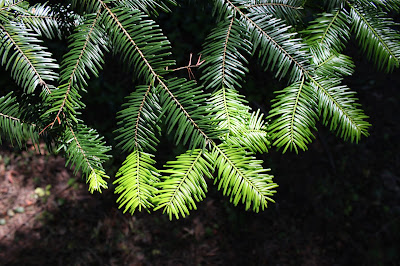|
|
|
|
Guelder Rose, European Cranberry-bush
|
|
|
|
|
|
|
|
|
|
|
|
|
|
|
|
|
|
|
|
|
|
|
|
|
|
|
|
|
|
|
|
|
|
|
|
|
|
|
|
Tracheobionta – Vascular plants
|
|
|
Spermatophyta – Seed plants
|
|
|
Magnoliophyta - Flowering Plants
|
|
|
Magnoliopsida - Dicotyledons
|
|
|
|
|
|
|
|
|
Caprifoliaceae – Honeysuckle Family
|
|
|
|
|
|
|
|
|
 |
| Viburnum opulus – Guelder Rose |
Viburnum opulus commonly known as Guelder Rose also called Water Elder, Cramp Bark, Snowball Tree and European Cranberry-bush. It is native to Europe, North America Northern Africa and Central Asia. It is a deciduous shrubby tree rarely exceeding 4-5 m (13-18 ft) in height, delights the eye whenever adorned with its pretty clusters of curious white flowers or its very attractive scarlet translucent berries. It is common in the south of Britain, occasional in the Midlands but very rare further north.
The twigs and branches are quite smooth, and somewhat angular, greenish-grey at first, later reddish-brown. The winter buds are set oppositely, greenish-yellow, and wrapped in scales. The opposite young leaves are covered with down when they appear, but they discard this as they expand into their deeply toothed lobes, usually three or five in number, with a few small glands down the stalk and a few reddish-brown stipules at its base.
The attractive flower-head, opening in June has its individual flowers arranged as a flat-topped cyme, those in the outer circle being white and showy but sterile (without stamens or pistil) and those within being small, creamy white, bell-shaped and perfect –truly a curious but beautiful arrangement. The attractive flat clusters of scarlet translucent berries, nauseous to the taste, are often too heavy to be held up by their twigs, and branches become bent down under their weight. They ripen in autumn just as the leaves are fading to orange or russet tints. It is very attractive plant, so people like to plant it in their garden as ornamental plant.






















































